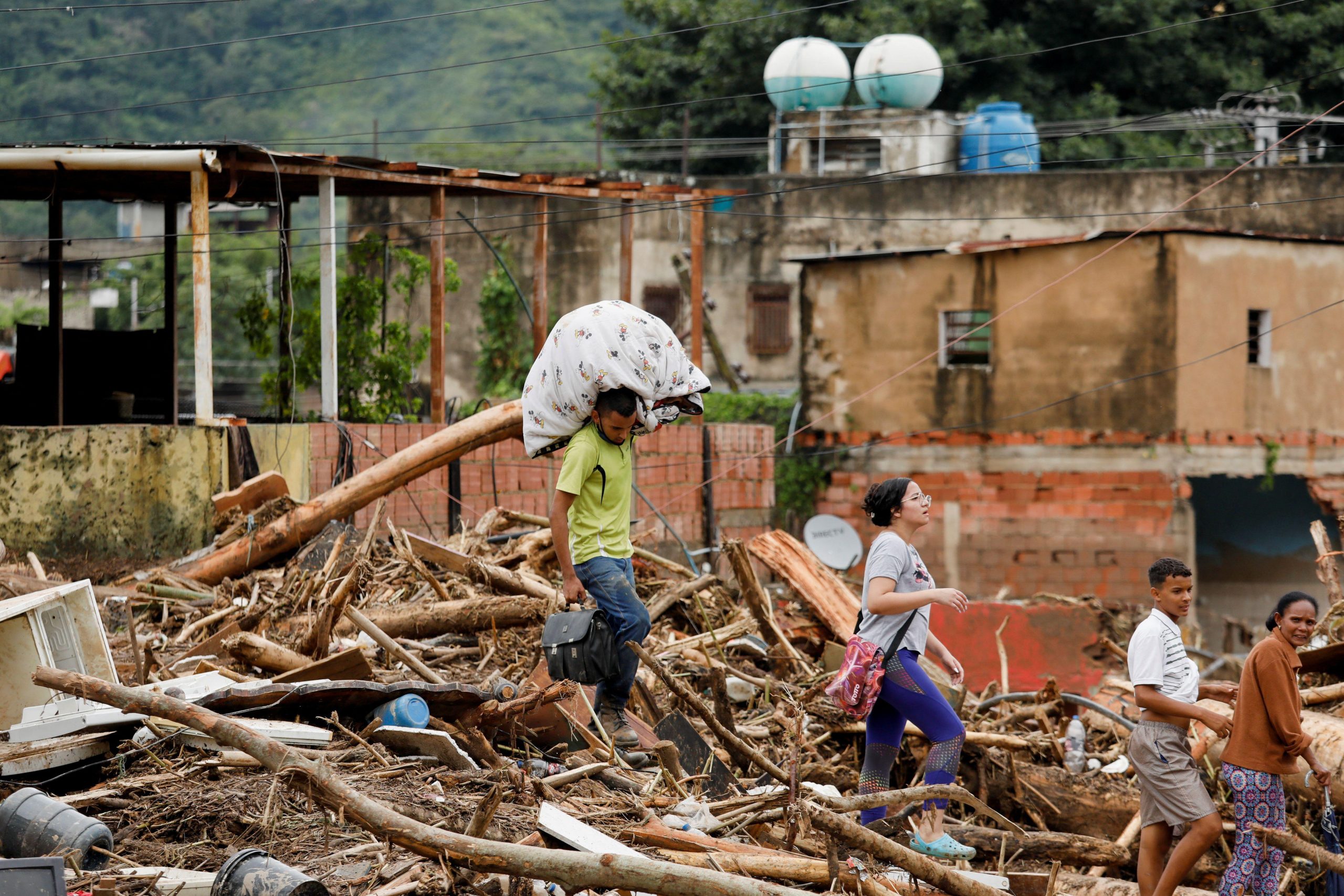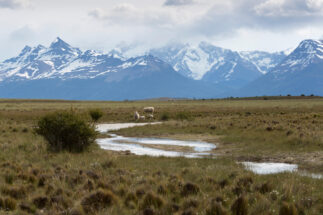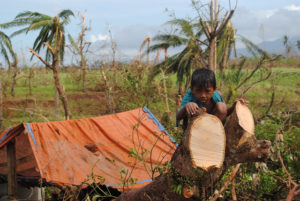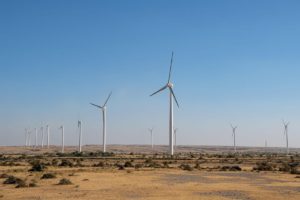The effects of climate change are already being felt across the world. As temperatures continue to rise, Latin America is among the regions set to be most severely impacted. Much discussion on the international stage has focused on adapting to the effects of a changing climate. But in some cases, ecosystems are already damaged beyond repair, permanently disrupting the lives of the communities they sustain. In climate change diplomacy, these irreparable consequences are known as “loss and damage”.
- What is loss and damage from climate change?
- Is loss and damage on the agenda at COP27?
- Have there been loss and damage pledges at COP27?
- How does loss and damage affect Latin America?
- How much loss and damage will Latin America face from climate change?
- Why is loss and damage an issue of contention?
- What does the Paris Agreement say about loss and damage?
- What did COP26 agree on loss and damage?
What is loss and damage from climate change?
The impacts of climate change include more frequent and intense floods, heatwaves, storms and sea level rise. While people can adapt to some of these changes in their environment, in many instances adaptation is impossible: lives are lost, embankments broken, land rendered infertile, habitat changed permanently and livestock killed. The social and financial impacts of climate change that cannot be avoided are referred to as “loss and damage”.
Loss and damage from climate change may be economic or non-economic. Economic losses include financial losses suffered by businesses, such as prolonged heatwave and drought in South America reducing yields of key crops, affecting the livelihoods of many farmers. It could also mean a loss of property and infrastructure, such as homes flooded and destroyed in extreme weather events in Central America, which are becoming more frequent and severe due to climate change, and compounded by hurricanes.
Non-economic loss and damage could include cultural traditions, indigenous knowledge, biodiversity and ecosystem services that are lost due to the impacts of climate change.
Is loss and damage on the agenda at COP27?
Right up until the night before COP27’s opening, it was unclear whether there would be agreement on how – and if – loss and damage would formally feature at the summit. But the issue was, at the eleventh hour, finally placed onto the agenda, seen as an early win for developing countries and small island states.
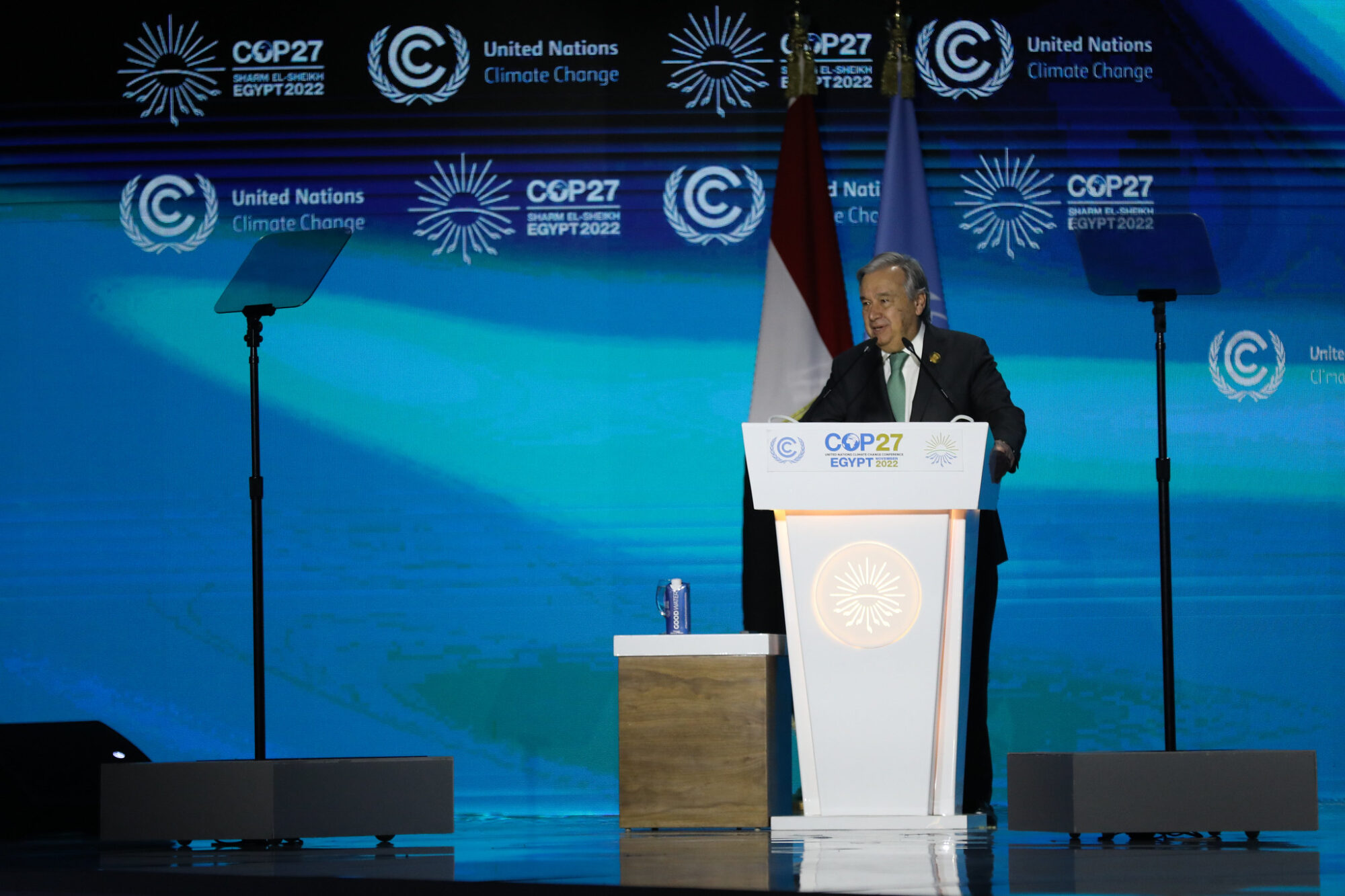
In his opening address to the conference on Monday, UN Secretary-General Antonio Guterres duly brought the issue to the centre of discussions. “The deadly impacts of climate change are here and now,” he said. “Loss and damage can no longer be swept under the rug, it is a moral imperative, it is a fundamental question of international solidarity and climate justice.
“Getting concrete results on loss and damage is a litmus test of the commitment of the governments to the success of COP27.”
Mia Mottley, the prime minister of Barbados who has been an important voice at the summit so far, described loss and damage’s inclusion as “a significant achievement and one that we’ve been fighting for for many years”, but pointed to further challenges to come.
“We will not achieve the conclusion of it [here in Egypt],” Mottley added. “But the fact that we have placed it on the agenda recognises that countries such as ours who have not contributed greatly to the emission of greenhouse gases should not be crowding our fiscal space in order to be able to finance the reconstruction after a traumatic climatic event.
“I do believe we have a moral and just cause,” she concluded.
Have there been loss and damage pledges at COP27?
As of Friday 11 November, pledges towards loss and damage funding had been announced by only a handful of nations at the COP27 summit.
German chancellor Olaf Schulz announced 170 million euros (US$172 million) of funding towards a new “Global Shield”, a loss and damage fund set to be formally launched on 14 November. Irish taoiseach Michéal Martin has also said his country will commit 10 million euros to the fund.
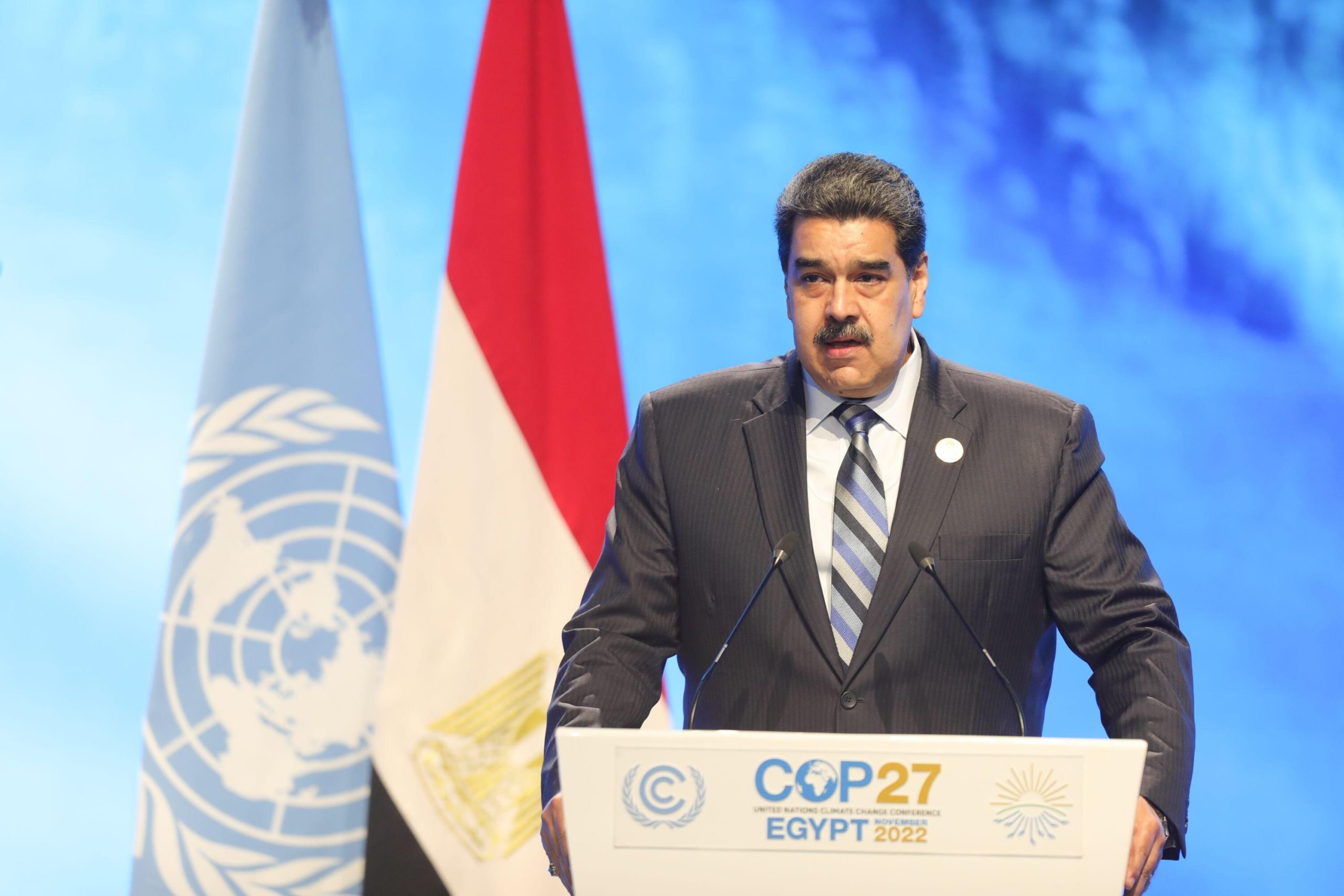
Austria will reportedly contribute 50 million euros towards tackling loss and damage over the next four years, its climate ministry told Reuters at the conference. Meanwhile Belgium’s development ministry announced 2.5 million euros of loss and damage funding for Mozambique.
Scotland’s first minister Nicola Sturgeon used her visit to Egypt to pledge a further £5 million (US$5.8 million) in loss and damage funding, taking its total commitment to £7 million, after contributions made at COP26 in Glasgow last year.
The nations make up the few to have now made loss and damage funding commitments, joining Denmark, which had pledged US$13 million to developing nations in September.
These figures, as yet, pale in comparison to the estimated costs: by 2030, climate change-induced loss and damage in developing countries is projected to cost a total of US$290–580 billion.
More pledges may yet arrive as COP27 heads into negotiations in the second week of the summit.
How does loss and damage affect Latin America?
Latin America and the Caribbean already experience some of the most damaging effects of extreme weather events and climate change, in a region where the impacts of such events are exacerbated by high levels of inequality and broader economic difficulties.
The World Meteorological Organization’s recent State of the Climate in Latin America and the Caribbean report details the range of climatic threats that the region is increasingly vulnerable to, and the costs of them. Drought is highlighted as a key challenge, with Chile’s ongoing megadrought – now entering its 13th year – putting the country “at the forefront of the region’s water crisis”.
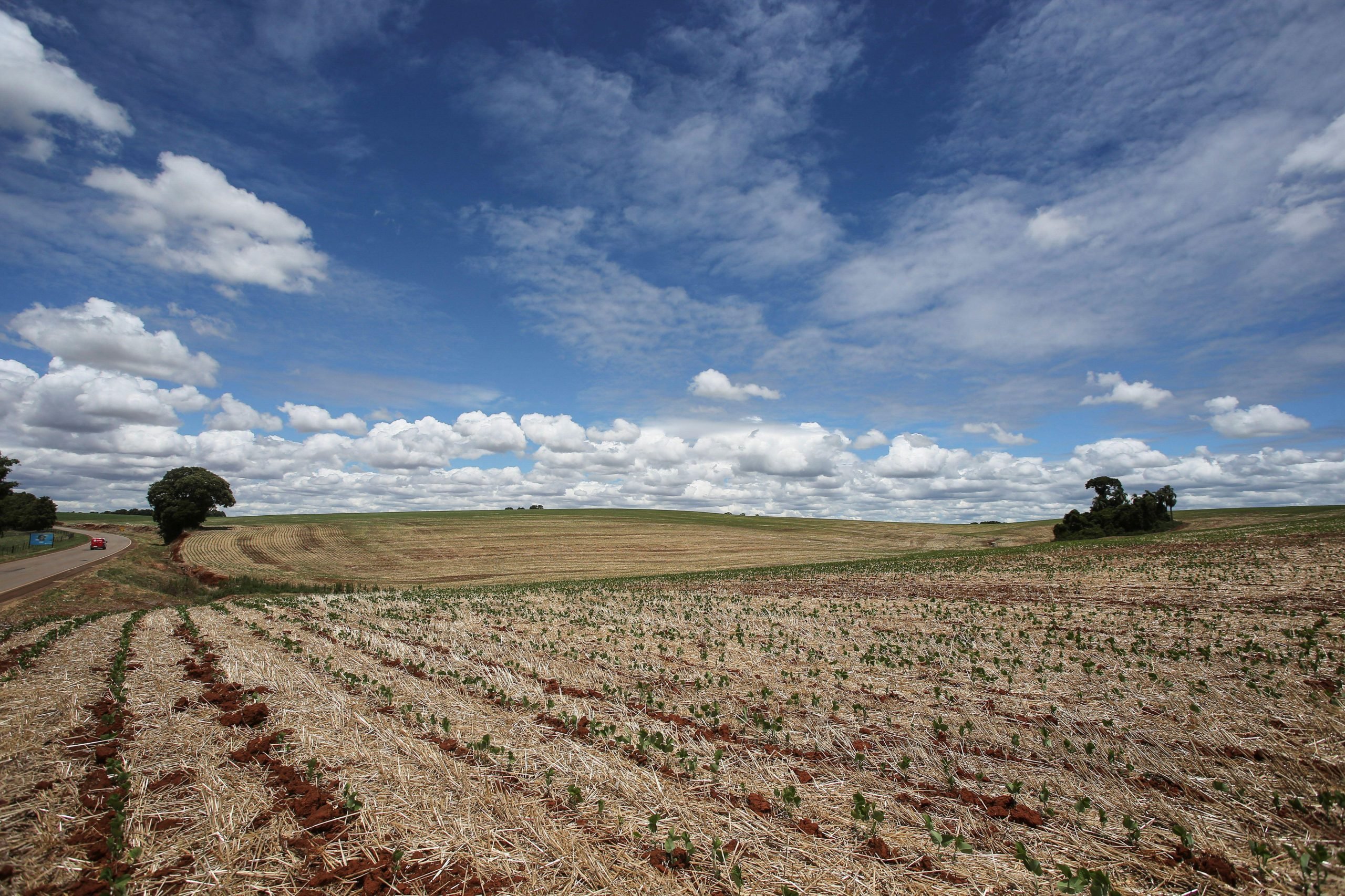
With many of the region’s economies dependent on agriculture, the economic impacts of drought can be notable, and are likely to be exacerbated in a warming world. In conjunction with heatwaves, a lack of rainfall has proven problematic for South American producers in recent summers; the WMO reports that, in South America overall, drought conditions caused a 2.6% drop in the 2020–2021 cereal harvest on the previous season.
At other times, and in other parts of the region, higher levels and more unpredictable patterns of rainfall bring their own challenges. In 2021, extreme rainfall led to losses of life, homes and livelihoods, and displaced large numbers of people; in the Brazilian states of Bahia and Minas Gerais, floods, and landslides that followed them, led to an estimated loss of US$3.1 billion, the WMO reports.
The organisation also highlighted the ever intensifying threat of hurricanes: the 2021 Atlantic hurricane season was reportedly the third most active season on record, with seven hurricanes and 21 named storms causing damage across Central America and the Caribbean. It was also the sixth consecutive above-average hurricane season. The increasing frequency and strength of storms reduces countries’ capacity to recover and rebuild, underscoring the need for loss and damage support.
Over a quarter of the region’s population live in coastal areas. In its own report on loss and damage in Latin America, La Ruta del Clima, an NGO, points to risks and existing pressures across the region from sea-level rise and coastal erosion, as well as impacts on communities and economies from marine acidification and coral bleaching.
How much loss and damage will Latin America face from climate change?
Climate change-induced loss and damage is projected to cost Latin America and the Caribbean US$462 billion by 2050, according to a 2019 study. By 2070, this number could jump to US$891 billion.
Another study from 2018 estimated that, should the world follow a “business as usual” pathway towards 3C of global warming by 2100, the GDP of Brazil and Colombia – two of the region’s largest economies – would fall by 0.6% and 0.9% a year respectively by 2037, and by 1.8% and 2.4% a year by 2067.
Among those projected to suffer the worst GDP hits are: Paraguay, at -1.3% per year by 2037 and -3.5% per year by 2067; Honduras, at -2.2% per year by 2037 and -5.8% per year by 2067; and Nicaragua, at -2.5% per year by 2037, -6.4% per year by 2067.
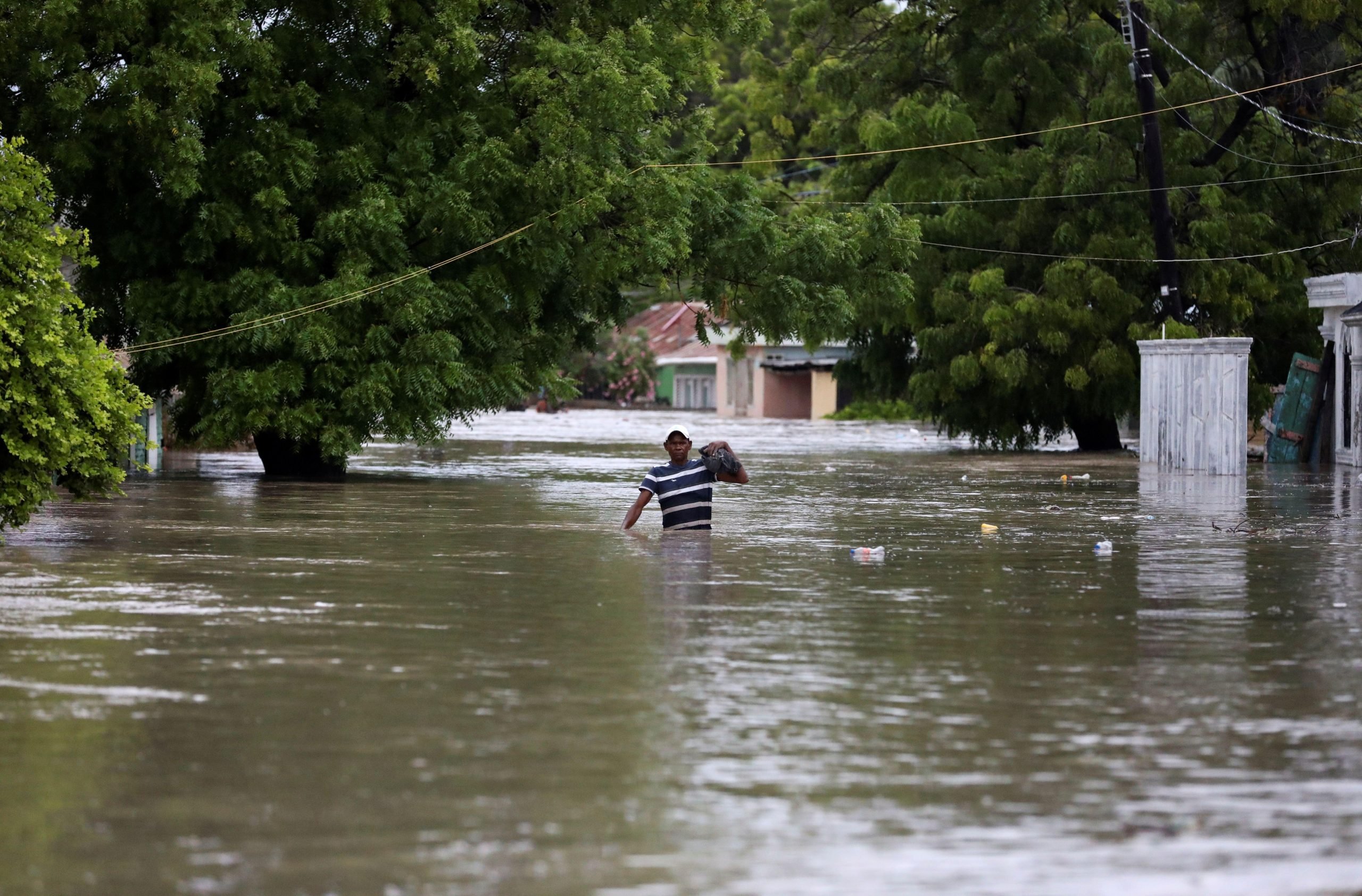
Why is loss and damage an issue of contention?
Loss and damage has become a contentious issue in international climate negotiations due to the issue of liability and compensation. Developed countries – those historically responsible for the majority of greenhouse gas emitted since the industrial revolution – have been wary of any international agreement that might leave the door open to them paying for the loss and damage their emissions have caused, and are causing.
What does the Paris Agreement say about loss and damage?
Article 8 of the Paris Agreement, signed in 2015, focuses on loss and damage. It states that signatory countries recognise “the importance of averting, minimising and addressing loss and damage associated with the adverse effects of climate change,” and that they should enhance cooperation on implementing solutions.
While the inclusion of dedicated language on loss and damage in the Paris Agreement gave it a formal platform, something developing countries had pushed for, the way it was framed aligned with the preferences of developed countries. Paragraph 52 of the Decision adopted alongside the Paris Agreement states: “Article 8 of the Agreement does not involve or provide a basis for any liability or compensation.”
This means the Paris Agreement does not place any legally binding obligations on countries to address loss and damage associated with climate change, and makes no mention of financial commitments to support those countries facing significant loss and damage.
What did COP26 agree on loss and damage?
At COP26, held in Glasgow in November 2021, a network of countries known as the G77 and China called for a formal “facility” to be set up to provide financial support to vulnerable nations.
However, due to opposition from the EU, US and other rich nations, leaders failed to establish a relief fund to help developing countries deal with climate change-related loss and damage.
Ultimately, the agreement signed in Glasgow, known as the Glasgow Climate Pact, recognised the need for assistance from developed countries to address loss and damage but ended without concrete measures in place to deliver financial support.
